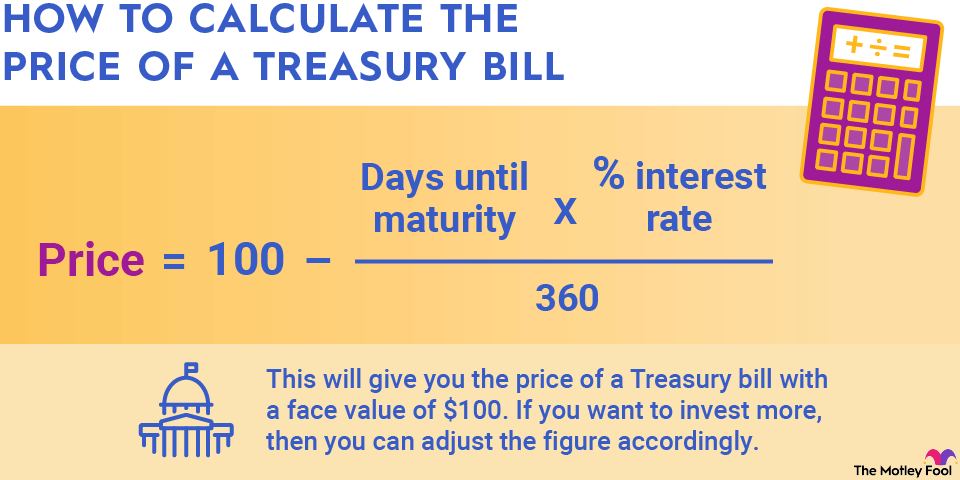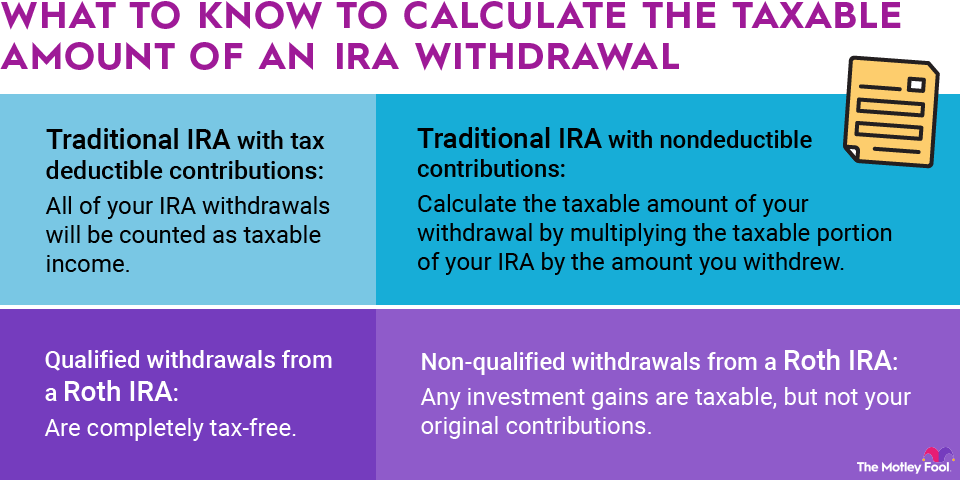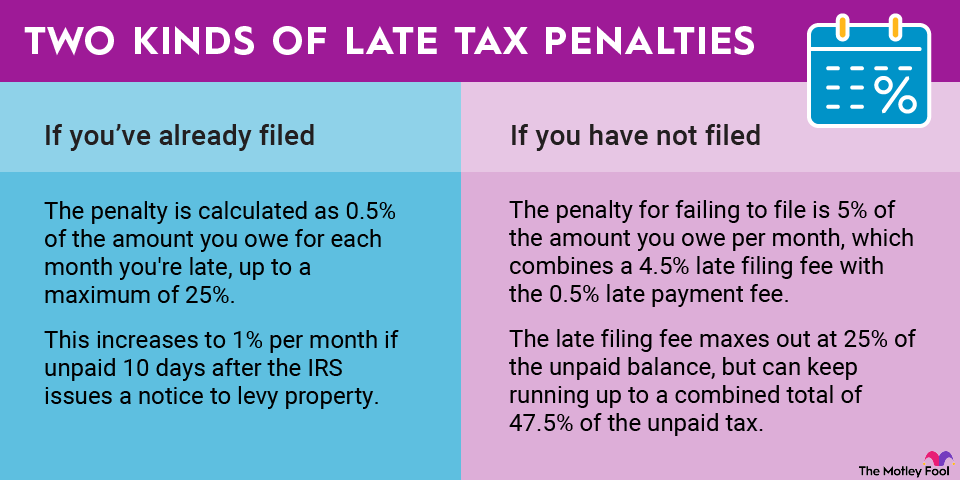Many investors seek companies that can improve their sales at above-average rates, which is why it's useful to know how to calculate revenue growth from one year to the next.

Determining the growth rate over a one-year period is straightforward; you simply take the sales difference, divide it by the starting revenue total, and multiply the result by 100. The math is slightly more complicated for a three-year period, but below, we'll outline the entire calculation.
Our example company had the following revenue performance:
Time | Revenue |
|---|---|
End of Year 0 | $30 million |
End of Year 1 | $33 million |
End of Year 2 | $41 million |
End of Year 3 | $45 million |
At the beginning of our three-year period, that is, at the end of year zero, the sales base sat at $30 million. It grew to $33 million by the end of year 1, to $41 million by the end of year 2, and to $45 million by the end of year 3. So in three years, the revenue grew by 50%, or $15 million. But how much did it grow per year?
Calculating three-year growth
There are three steps involved in calculating growth for a three-year period (they're actually the same for any period that's greater than one year). First, take the ending sales figure and divide it by the beginning sales figure. In our case that would be $45 million / $30 million, or 1.50 (if this was a simple one-year calculation we'd be done at this point: sales growth was 1.5 – 1 = 0.5, or 50%).
Next, using the exponent function on your calculator or in Excel, raise that figure (1.50) to the power of 1/3 (the denominator represents the number of years, 3), which in this case yields 1.145.
Finally, subtract 1 from that answer and multiply the result by 100 to find the revenue growth: 1.145 – 1 = .145 X 100 = 14.5%.
What we just determined is the compound annual growth rate, or the rate that best expresses the straight line path of sales over a given time period. Put another way, we've calculated that this company's sales grew at an annual rate of 14.5% through the past three years.
Related investing topics
Confirming the result
We can verify that math simply by plugging in our calculated growth rate over the three-year period described in the table above:
- $30 million x (1 + 0.145) = $34.35 million in year 1.
- $34.35 x (1 + 0.145) = $39.33 million in year 2.
- $39.33 million x (1 + 0.145) = $45 million in year 3.
That's it. Keep in mind that you can adjust this calculation to fit any time period that you'd like to measure simply by changing the denominator in the power function. In this case, if everything else was the same, but it took our example company four years instead of three to reach $45 million of revenue, we'd just replace the (1/3) exponential with (1/4), which would yield 10.7% compound annual growth.
As an investor who watches the bottom line, you may be interested in seeing what value you can get from your broker. Visit our broker center for more information.

















